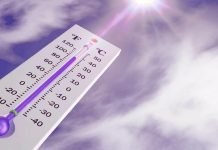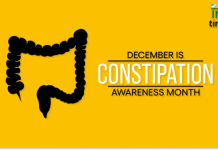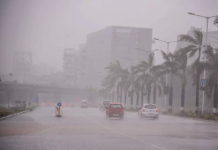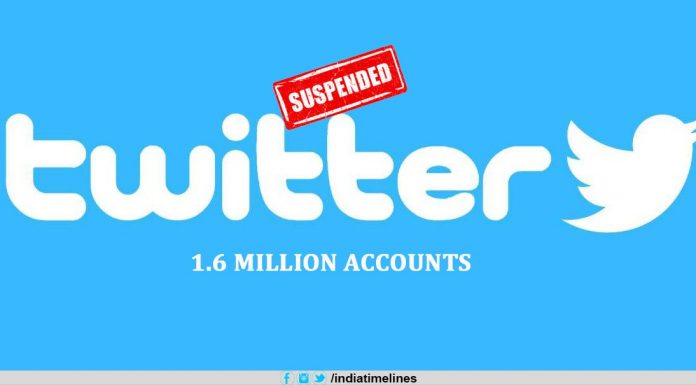
World Stroke Day, observed on October 29th, is a crucial event dedicated to raising awareness about stroke and promoting prevention. Stroke is a leading cause of death and disability worldwide, affecting millions of people every year. With the right information and resources, we can take significant steps toward reducing the incidence of stroke and improving outcomes for those affected.
Understanding Stroke
A stroke occurs when the blood supply to a part of the brain is interrupted or reduced, preventing brain tissue from getting oxygen and nutrients. There are two primary types of strokes: ischemic stroke, which is caused by a blockage in a blood vessel, and hemorrhagic stroke, which occurs when a blood vessel in the brain bursts. Understanding these types is essential for effective prevention and treatment.
Causes and Risk Factors
Various factors can lead to a stroke, with high blood pressure being the most significant risk factor. Other common causes include heart disease, diabetes, smoking, and high cholesterol. Lifestyle choices such as poor diet, lack of exercise, and excessive alcohol consumption also play a crucial role in increasing the risk of stroke.
Signs and Symptoms of Stroke
Recognizing the signs of stroke is critical for timely intervention. The FAST acronym is a helpful way to remember the warning signs:
- Face drooping: One side of the face may droop or feel numb.
- Arm weakness: One arm may be weak or numb.
- Speech difficulty: Speech may be slurred or difficult to understand.
- Time to call emergency services: If any of these signs are present, call for help immediately.
The Impact of Stroke on Individuals and Society
The effects of stroke can be devastating, not only for the individual but also for their families and society. Physically, stroke can lead to paralysis, difficulty speaking, and other disabilities. Emotionally, survivors may struggle with depression and anxiety. Financially, the costs of treatment and rehabilitation can place a significant burden on healthcare systems and families.
The Role of World Stroke Day
World Stroke Day was established to highlight the importance of stroke awareness and prevention. Organizations worldwide participate in this day by organizing events, workshops, and educational campaigns. The goal is to inform the public about stroke risk factors, symptoms, and the need for immediate medical attention.
Preventing Stroke
Prevention is key in the fight against stroke. Lifestyle changes can significantly reduce the risk, including maintaining a healthy diet, exercising regularly, quitting smoking, and controlling conditions like high blood pressure and diabetes. Regular check-ups with healthcare providers can also help in identifying risk factors early on.
The Role of Healthcare Providers
Healthcare professionals play a vital role in both the prevention and treatment of stroke. They can educate patients on lifestyle changes, conduct screenings, and provide immediate care during a stroke. Community awareness programs led by healthcare providers can empower individuals to recognize the signs of stroke and seek help promptly.
Stroke Treatment and Rehabilitation
If a stroke occurs, prompt medical treatment is critical. Ischemic strokes may be treated with clot-busting medications, while hemorrhagic strokes may require surgery to repair blood vessels. Rehabilitation is also essential for recovery, as it helps survivors regain lost skills and independence.
Innovations in Stroke Research
Research in stroke treatment and prevention is continually evolving. New advancements, such as telemedicine for remote patient monitoring and innovative rehabilitation techniques, are improving outcomes for stroke survivors. Ongoing studies aim to uncover new therapies and better understand stroke mechanisms.
How to Get Involved
There are numerous ways individuals can support World Stroke Day and raise awareness about stroke. You can participate in local events, volunteer for organizations focused on stroke prevention, or simply educate yourself and others about the risks and signs of stroke. Every effort counts in the fight against this debilitating condition.
Stories of Hope and Recovery
Many stroke survivors have inspiring stories of recovery and resilience. Their experiences highlight the importance of support networks, including family, friends, and healthcare providers. These stories serve as a reminder that recovery is possible and that hope should never be lost.
Conclusion
World Stroke Day is a powerful reminder of the ongoing fight against stroke. By raising awareness, promoting prevention, and supporting those affected, we can work towards a future where fewer people suffer from this devastating disease. Let’s continue to educate ourselves and others, advocate for better healthcare, and strive for a world free of strokes.
FAQs
- What is World Stroke Day?
World Stroke Day is observed on October 29th to raise awareness about stroke prevention, symptoms, and treatment. - How can I reduce my risk of stroke?
Maintaining a healthy lifestyle, managing risk factors like high blood pressure and diabetes, and getting regular check-ups can help reduce stroke risk. - What should I do if I or someone else shows signs of a stroke?
If you notice any signs of a stroke, such as face drooping, arm weakness, or speech difficulties, call emergency services immediately. - What are the long-term effects of a stroke?
Long-term effects can vary, including physical disabilities, speech difficulties, and emotional challenges like depression. - How can I support stroke awareness initiatives?
You can support stroke awareness by participating in local events, volunteering with organizations focused on stroke prevention, and spreading information within your community.



































